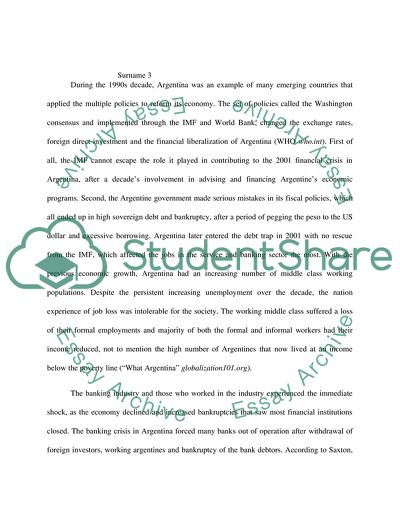Cite this document
(“Economic globalization of Argentina Essay Example | Topics and Well Written Essays - 1500 words”, n.d.)
Economic globalization of Argentina Essay Example | Topics and Well Written Essays - 1500 words. Retrieved from https://studentshare.org/miscellaneous/1632941-economic-globalization-of-argentina
Economic globalization of Argentina Essay Example | Topics and Well Written Essays - 1500 words. Retrieved from https://studentshare.org/miscellaneous/1632941-economic-globalization-of-argentina
(Economic Globalization of Argentina Essay Example | Topics and Well Written Essays - 1500 Words)
Economic Globalization of Argentina Essay Example | Topics and Well Written Essays - 1500 Words. https://studentshare.org/miscellaneous/1632941-economic-globalization-of-argentina.
Economic Globalization of Argentina Essay Example | Topics and Well Written Essays - 1500 Words. https://studentshare.org/miscellaneous/1632941-economic-globalization-of-argentina.
“Economic Globalization of Argentina Essay Example | Topics and Well Written Essays - 1500 Words”, n.d. https://studentshare.org/miscellaneous/1632941-economic-globalization-of-argentina.


